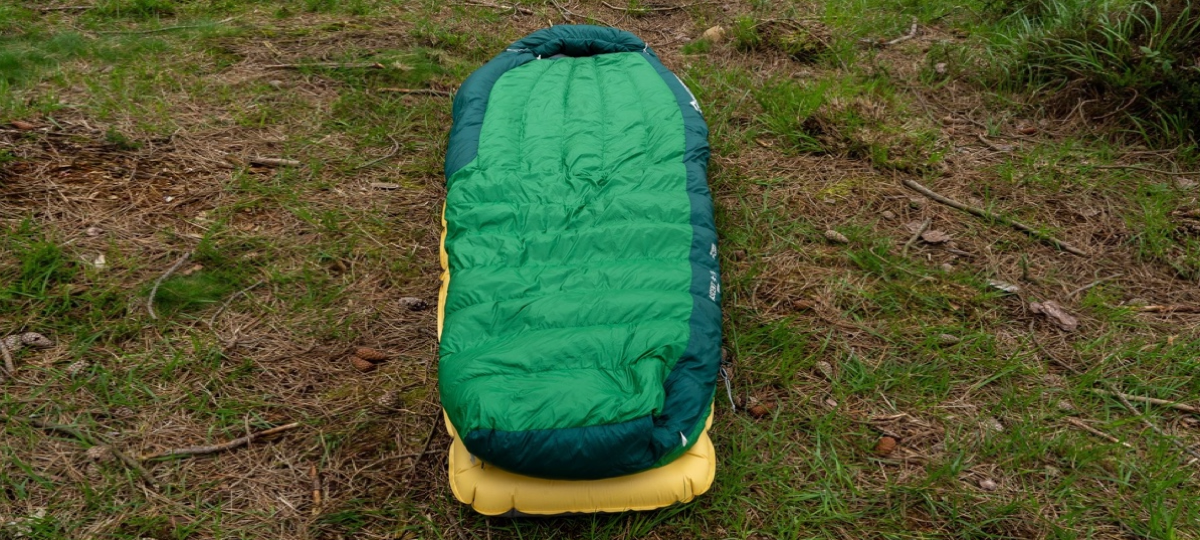Advnture Verdict
The Sea to Summit Ascent 15°F/-9°C is a super-cozy 3.5-season sleeping bag that delivers on its promise to keep you warm in an enormous range of temperatures. Thanks to a series of smart zips, it delivers enhanced options for venting and sealing in heat, and comes with a host of extra features that make this one of the most versatile bags out there for adventuring in a massive range of conditions.
Pros
- +
Lightweight
- +
Comfortable
- +
Smart zipper options make this bag great for both colder and warmer nights
- +
Very lofty 750FP down
- +
Wide fit
- +
Can be paired with a quilt
Cons
- -
Relatively pricey
You can trust Advnture
Sea to Summit Ascent: first impressions
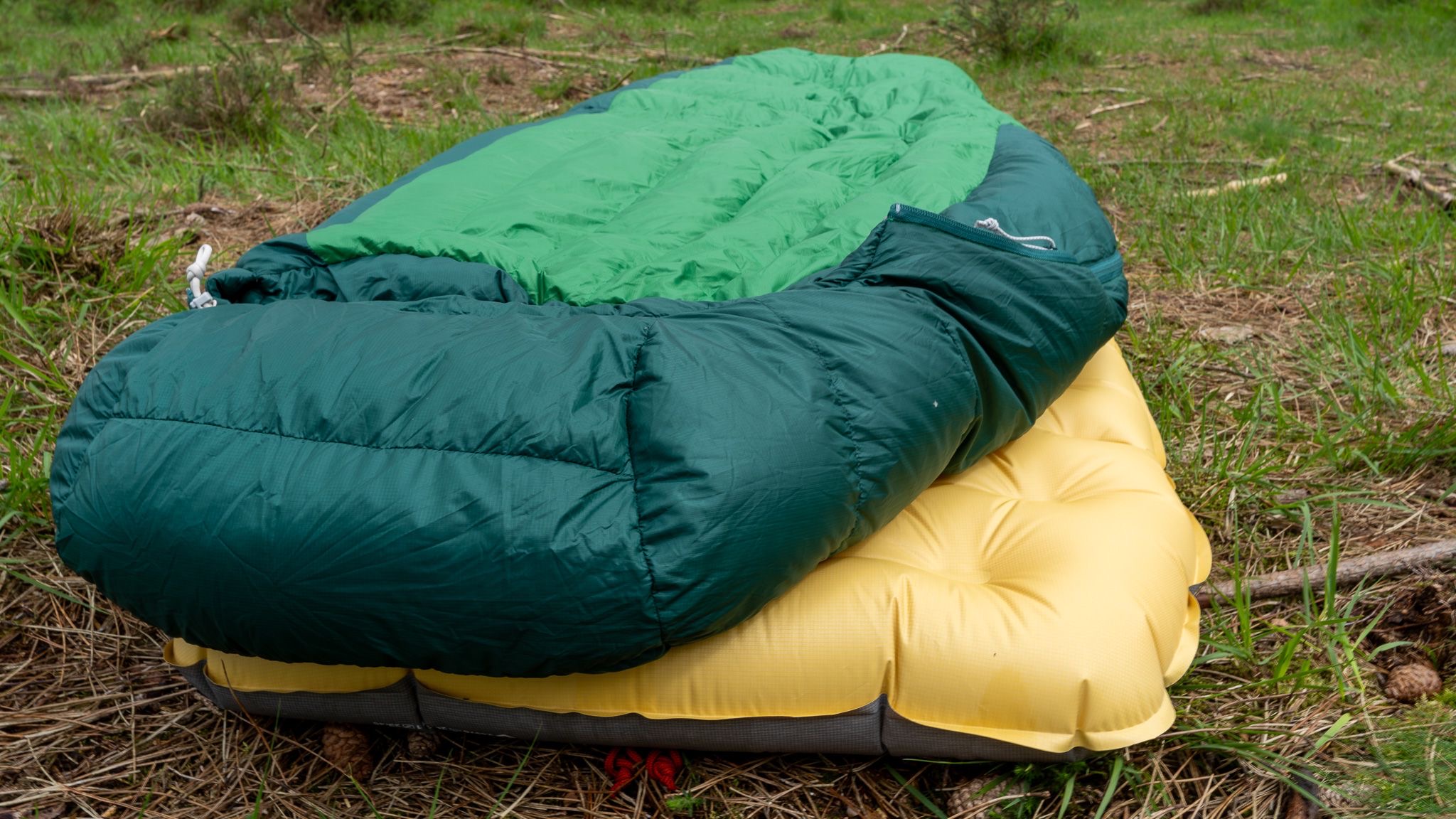
I’ve been a fan of the Australian brand Sea to Summit for quite some time now. Each time I’ve tried some of their gear over the years, it’s always felt unique, adding their own spin to tried and tested designs to create camping gear that many love (and a few people loathe!).
• List price: $469 (US) / £450 (UK)
• Weight: 35oz / 1,020g
• Fits up to: 185cm / 72.8in (regular); 198cm / 78in (long)
• Fill: Ultra-Dry Down 750+ Loft goose down
• Limit rating: 15°F / -9°C
• Compatibility: Backpacking, trekking, 3- to 4-season camping
Take their epic Ether Light XT Extreme sleeping pad, for example. This stands out as one of the best four-season pads in my eyes, being luxuriously comfortable yet lightweight and packable for real four-season adventuring. Their incredible Ember range of lightweight quilts also took me by surprise, as the brand managed to turn something as plain and simple as a quilt into a versatile bit of backpacking gear that does way more than just cover you up in the night. But how revolutionary can you make a sleeping bag?
Enter the Sea to Summit Ascent, the brand’s attempt to add layers of versatility to your sleep system. Comprising 100% Ultra-Dry Down 750+ Loft goose down, the bag comes with some of the highest quality compressible insulation on the market, packs down small and weighs a super-lightweight 1,020g. Promising to keep you warm in temperatures below freezing, these stats are already impressive enough, but it’s the bag’s extra features – namely a series of additional zips – that really make it stand out in the market.
So when I was given the chance to test one earlier this year, I couldn’t wait to see whether Sea to Summit really have improved on a design that has long felt unimprovable.
Sea to Summit Ascent: in the wild
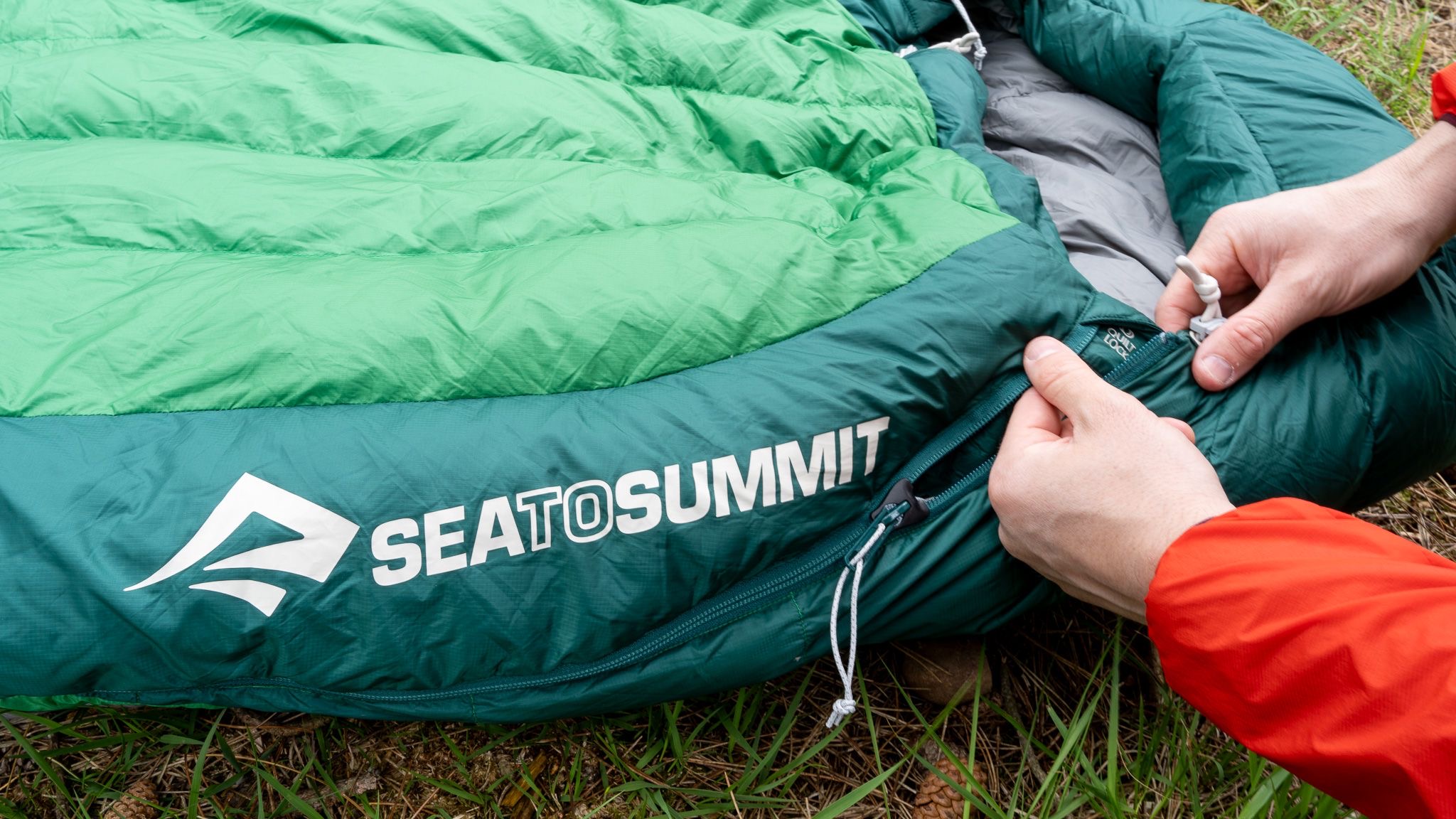
I’ve had my hands on the Sea to Summit Ascent sleeping bag since the start of 2024 and have been able to put it up against the full gamut of British weather in that time. I’ve used it out on Dartmoor in temperatures below freezing, in Bannau Brycheiniog (the Brecon Beacons) in balmy summer conditions we don’t get treated to all that often, and on several short overnighters paired with a lightweight running setup. I’ve used it in the wind, rain and sun – with the only condition I’ve not tested it in (yet!) being snow. Although I’d argue that’s not really what this bag was built for anyway, at least out of the box (more on that later).
The first thing I really like about the Ascent is the quality of the insulation. To call this lofty is an understatement: no matter how long it sits in the loft bag, it always pops to life immediately. The result is a super cozy, plush sleeping bag that adds a little bit of luxury to your outdoor escapades. With a thin nylon inner shell, the material is also very soft on your skin and doesn’t result in any clamminess, as is often the case with ultralight sleeping bags.
For me, however, the standout part of this whole bag has to be the zips. Seriously, when I first played around with this, I wondered if Sea to Summit had ordered too many and needed to use them up, as there are more zips on this sleeping bag than any other I’ve tried. But to my surprise, this seemingly excessive amount of zips proved to be a great addition: they add an additional layer of versatility to a 3.5-season bag and make it super comfortable in a huge range of conditions.
You see, the three-season moniker has long been a gripe of mine, as bags that are suitable for three-season conditions are normally too warm for high summer and too cold for deep winter. This makes them more of a shoulder-season bag suitable for two seasons, not three.
But thanks to the volume of zips on the Ascent you can open up both sides of the bag and the foot box. This allows you to poke a foot out when you're warm or batten down the hatches tight when you’re cold. You can wear it like a jacket with both your arms hanging out, and you can even zip it to an adjoining bag to make a luxury sleeping space for two. This makes this Ascent sleeping bag the first true 3-season+ bag I’ve ever come across, as it’s suitable for both very cold and very warm conditions.
Sea to Summit Ascent: extra features
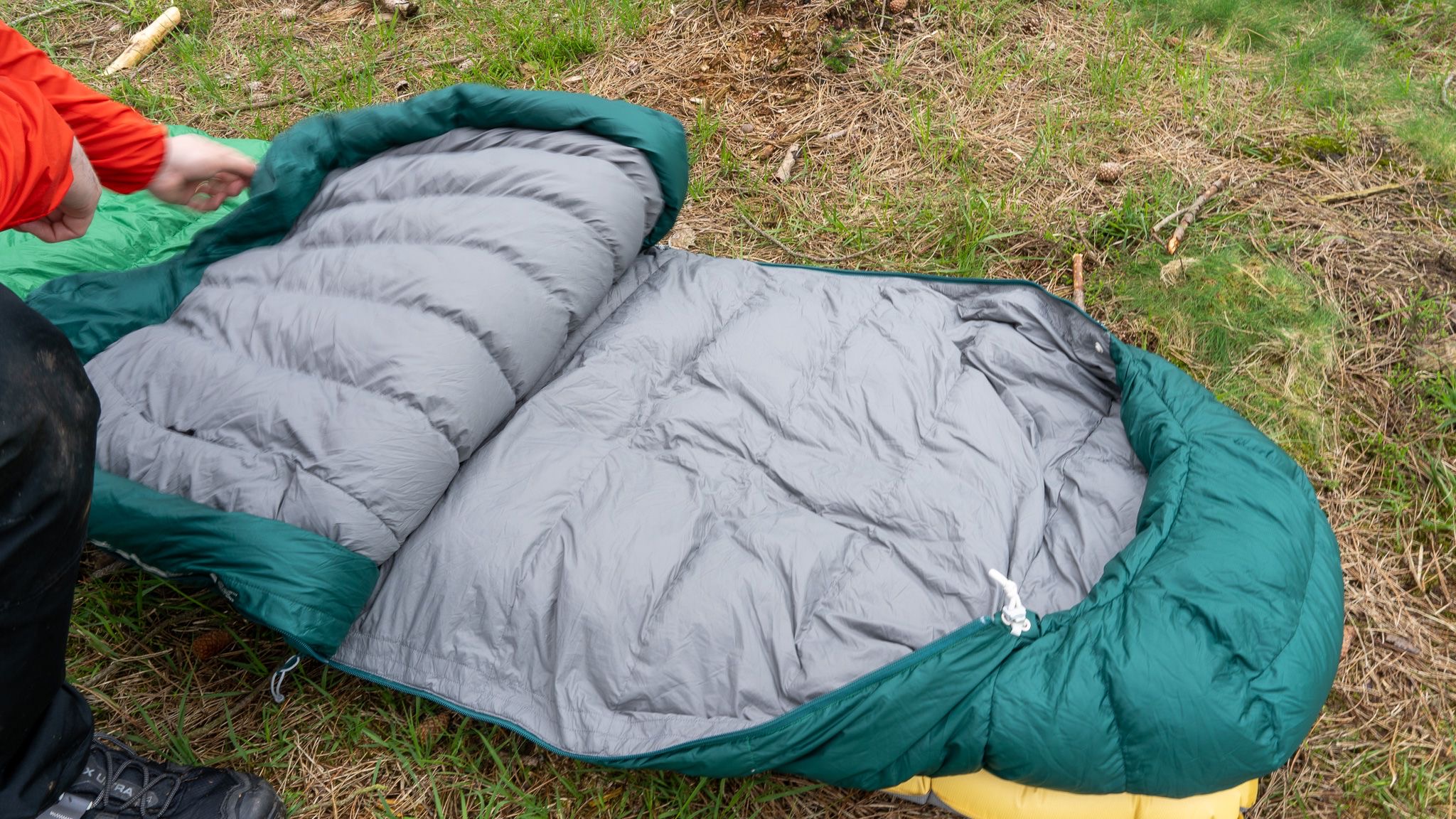
As well as extra zips, the Ascent also comes with a bunch of additional features that I really enjoy. Firstly, there’s the storage sack: this is more of a cube than a saggy net bag, which makes this bag easier to store on your gear shelf. Granted, this is a minor consideration for people who don’t have a whole shelf of sleeping bags but, for me, I appreciate the thought that’s gone into this part of the user experience.
My favorite extra feature, though, is easily the ability to pair this bag with a quilt. In a move that turns the first true three-season+ bag I’ve ever come across into the first true four-season+ modular sleep system I’ve ever come across, the Ascent features some simple hooks on the side and the foot box to secure a quilt. Known as Sea to Summit’s ‘QuiltLock System’, it lets you reliably mount a compatible quilt (such as the Sea to Summit Ember or many third-party brands) to boost the thermal performance of the bag, giving you a system that you can use in practically any conditions.
This is excellent, and it means that you no longer need a summer bag, a shoulder-season bag and a deep winter bag. Instead, all you need is a Sea to Summit Ascent for anything above freezing and an additional lightweight quilt for anything below around 25°F (-4°C), and you’re set!
To protect that lofty down, the Spark II comes wrapped in a 10D nylon shell. Despite being super soft and comfortable on your skin, I also found that this does a decent job of keeping water out as long as you shake it off quickly and don’t give it a chance to soak in.
The Sea to Summit Ascent: warmth
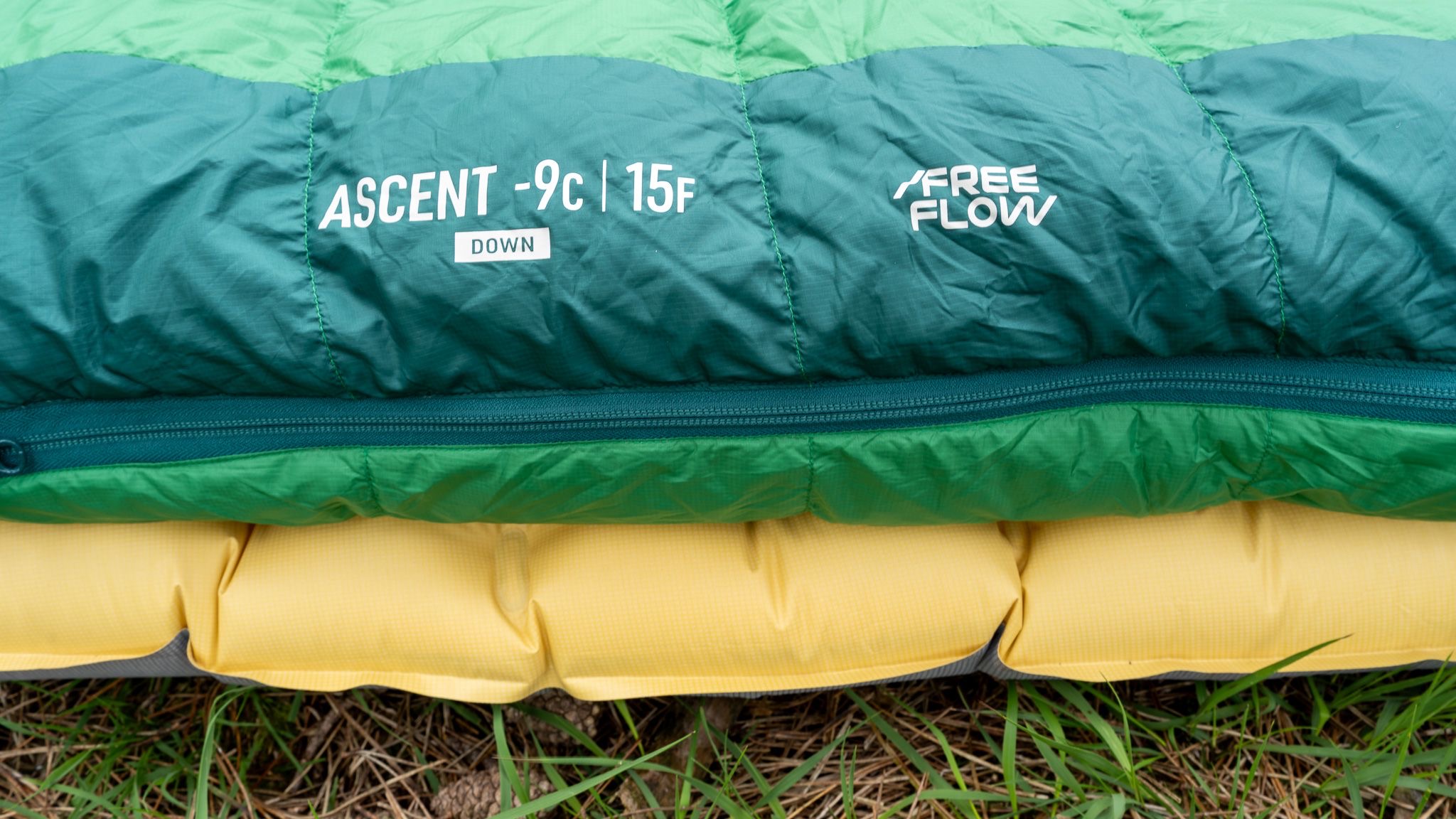
Which leads us on to warmth. In my experience, this is always the hardest (and most meaningless) aspect of a sleeping bag to critique, as my comfort levels will always differ from yours.
In any case, this Sea to Summit Ascent comes with a limit temperature of 15°F (-9°C), which means you’ll be uncomfortably cold in any temperatures below that (in laboratory conditions). For fairness and transparency, however, you should view this as nothing more than fancy marketing. The comfort temperature is all you should pay attention to, which I’d put at about freezing (or slightly below).
When paired with a Big Agnes Zoom UL mat and wearing nothing but base layers, for example, I felt warm enough in the Ascent down to 32°F (0°C). And when paired with a Sea to Summit Ether XT Extreme pad, the same base layers, socks and a Patagonia Nano Puff jacket, I slept through in temperatures of around 25°F (-4°C). But I wouldn’t push it further than that without doubling it up with a quilt.
Meet the reviewer
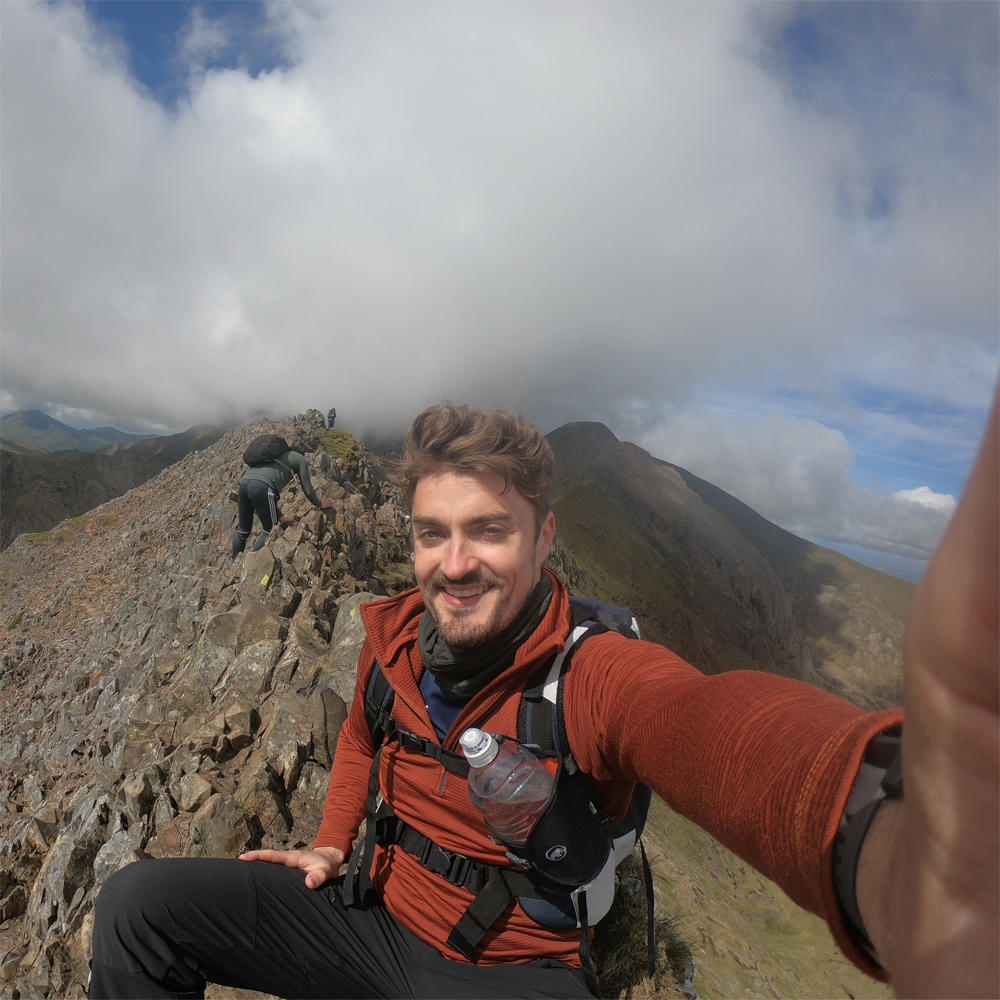
Growing up just south of the glorious Brecon Beacons National Park, Craig spent his childhood walking uphill. As he got older, the hills got bigger, and his passion for spending quality time in the great outdoors only grew – falling in love with wild camping, long-distance hiking, bikepacking and fastpacking.
The Sea to Summit Ascent: fit
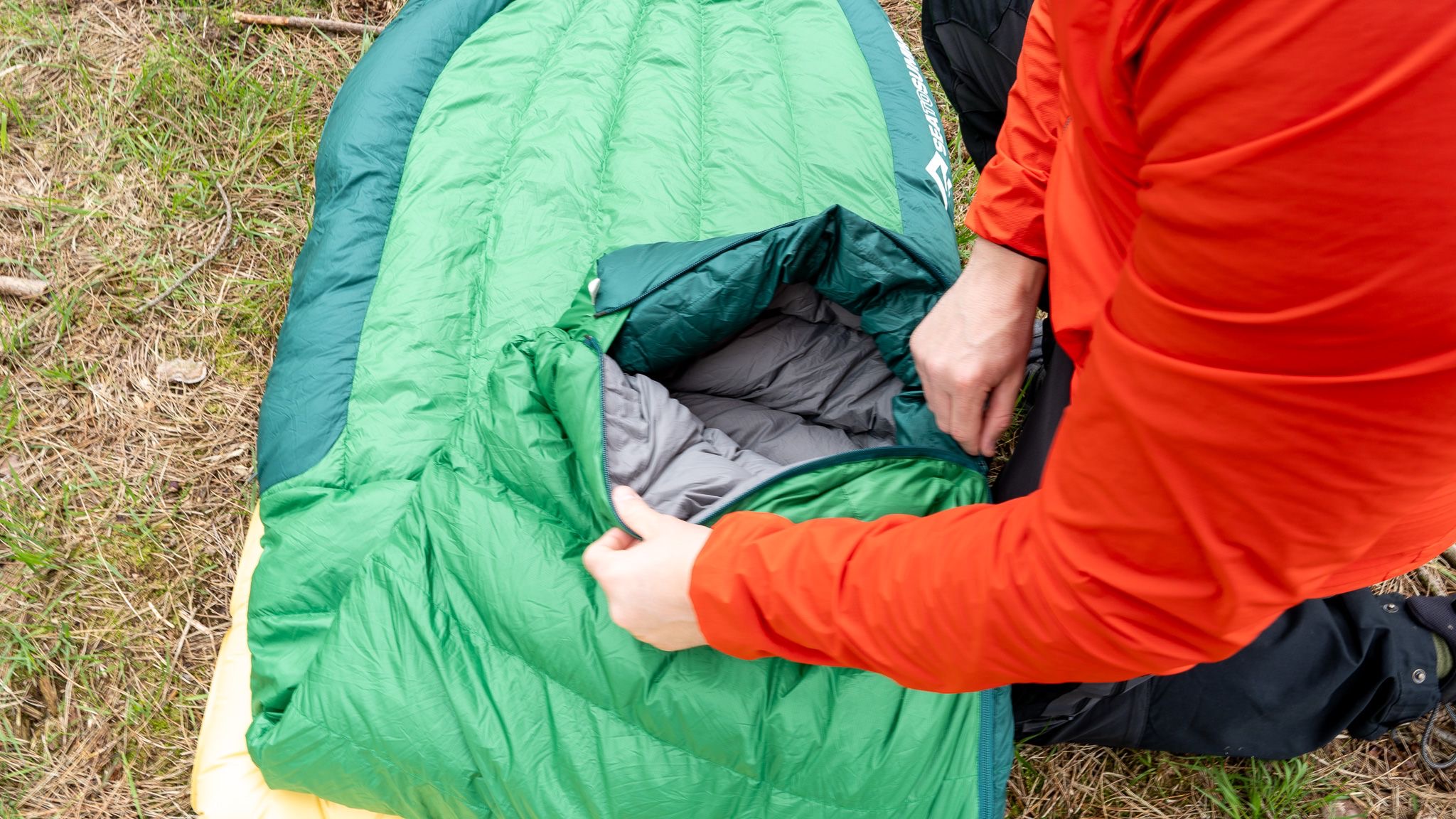
The fit of this bag is another thing I particularly liked. It’s tight enough to keep you warm, but wide enough that you don’t feel restricted. At 5ft 10in (1.78m), I had more than enough space in here to comfortably spend long fall and winter nights, and never felt as constrained or restricted as I have in other bags. Is it as free and as comfortable as something like a Zenbivy? Absolutely not. But it’s very comfortable for a mummy bag, and definitely up there as one of the coziest I’ve tried.
Overall, I think the Sea to Summit Ascent -9 is an exceptional bag. It’s super versatile and a joy to use, and is one of the only bags I’ve ever come across that can actually keep you comfortable in four different seasons. At $469 (US) / £450 (UK), it is frighteningly expensive for a bag of feathers, sure, but thanks to its versatility and the ease with which you can pair it with a quilt (if you’re happy to buy a quilt as well, that is), I think this bag serves as the basis for one of the most versatile four-season sleep systems out there. Which makes that initial high price easier to stomach.
Growing up just south of the glorious Brecon Beacons National Park, Craig spent his childhood walking uphill. As he got older, the hills got bigger, and his passion for spending quality time in the great outdoors only grew - falling in love with wild camping, long-distance hiking, bikepacking and fastpacking. Having recently returned to the UK after almost a decade in Germany, he now focuses on regular micro-adventures in nearby Snowdonia and the Brecon Beacons, as well as frequent trips to the Alps and beyond. You can follow his adventures over on komoot.
